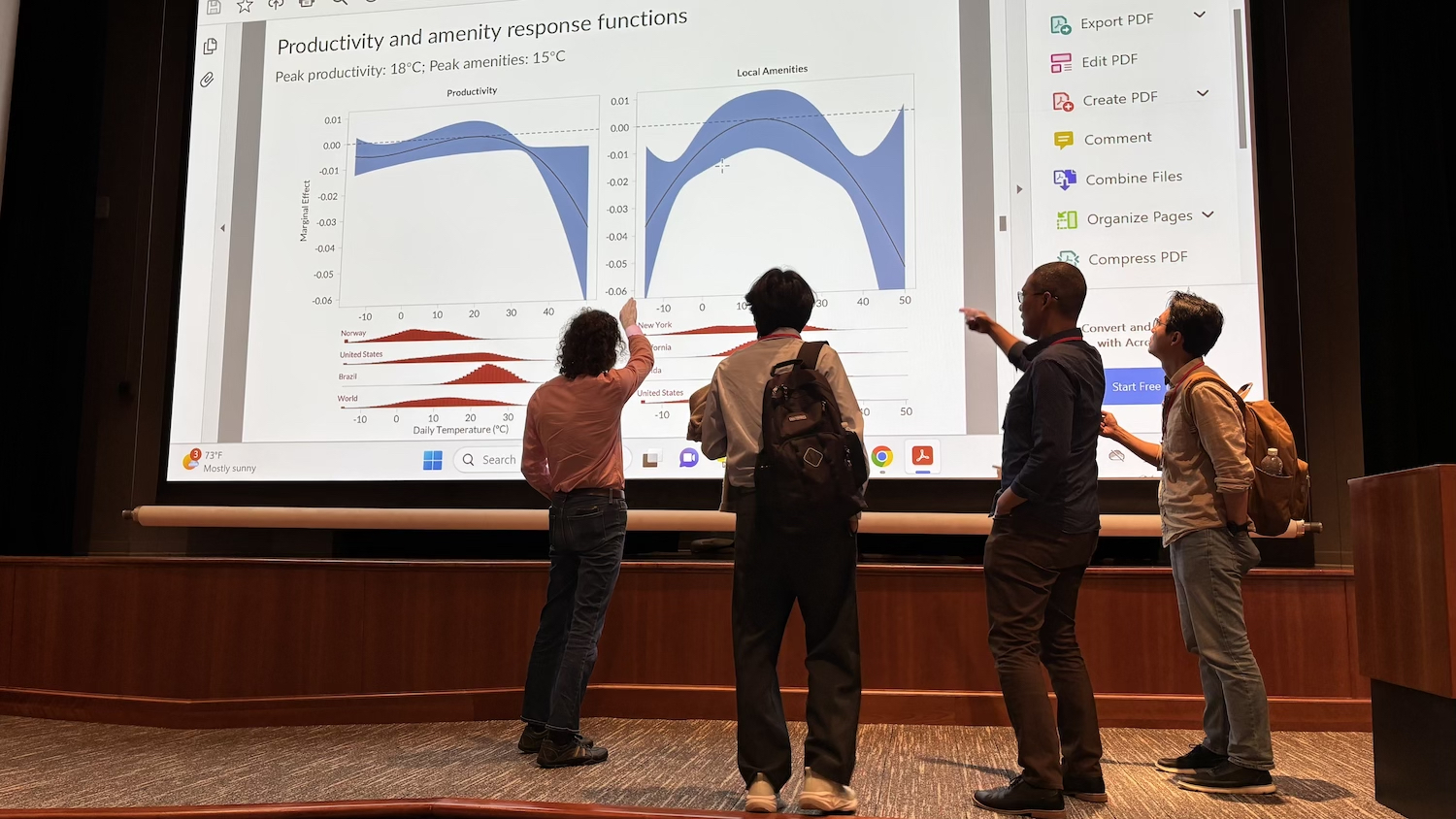The Attraction of School Choice
Poole professor explains how education is becoming a prevalent topic among economic developers.

By Caroline Barnhill
Parents across the country often have strong opinions about their children’s education – from strong advocates for public schools to others with eyes on private, charter or homeschooling. And while we can debate the advantages and disadvantages of all types of schooling, most everyone can agree that they want their child to find a school that best suits their needs.
And real estate experts, business leaders and economic developers are taking note.
We sat down with Bartley Danielsen, Poole College of Management associate professor of finance and real estate, to learn more about how school choice is making waves in the business world. Danielsen is the originator of the economic development program commonly known as “Economic Development Zone ESAs,” which are designed to increase cultural and economic diversity in high-poverty neighborhoods, therefore bringing better job opportunities to those communities.
What’s your experience with looking at school choice?
B.D.: My current research focuses on how charter schools, voucher programs and education savings accounts (ESAs) impact property values and family residential choice, and has been published in journals such as Real Estate Economics, the Journal of Housing Research, the Journal of Real Estate Research and others.
What are you seeing in terms of the impact of schools on real estate?
All over the country, you have essentially two separate but parallel government entities functioning independently. You have the local government with the mayor and city council, and then you have the school system with its own school board. Everyone in economic development knows that education is very important in attracting businesses and improving quality of life. Still, in the past, community leaders concerned with economic development haven’t had many options other than simply increasing funding to the public school system. Some local governments have no influence over the public school system at all. But over the last couple of decades, we’re seeing some jurisdictions finding supplemental alternatives for delivering public education.
What are some of those alternatives?
People are used to seeing public and private schools, but now we are seeing other school options pop up, like charter schools. School districts have responded by offering more choices too. Magnet schools, for instance, were designed to give public schools certain specializations – like STEM or the arts – in an effort to retain children in the system and draw students to those schools.
How did the voucher program come into play?
Vouchers have been used in some New England states since the 1800s, but modern school voucher programs have been around for about 30 years. The first modern voucher program was in Milwaukee where the Black clergy was instrumental in pushing for legislation to give urban families more education options. Many other states have attempted to introduce vouchers but there were often legal obstacles. Some state constitutions have amendments that prohibit them from giving money to religious entities. That’s where ESAs came into play.
So what’s an ESA?
ESAs, or education savings accounts, allow parents who opt out of public schools to receive a set amount of public funds that are deposited into a government-authorized savings account that can be used for things such as private school tuition, tutoring, online learning costs, higher education or other approved expenses. Economically, ESAs are useful in that they allow parents to be cost-conscious in ways that vouchers do not, and parents can use the funds in ways that best meets their children’s needs. Homeschooling can be supported with an ESA, but not with a voucher.
So how does school choice factor into business development and economic growth?
The areas I’ve looked at have seen economic growth when the school choice program is available to families regardless of their income, rather than means tested. If only lower income families are eligible to receive funding, we don’t see any significant impact on that area’s economic development. Higher income families are not attracted by programs that they are excluded from. However, in the areas where there is no restriction on which families can participate, we see those areas are becoming more coveted and bringing more economic vitality to those communities.
Are ESAs relatively common?
Eight states now offer ESAs, but they usually have some restrictions on who can participate. Most are targeted to children with disabilities, and many are restricted to lower-income families. However, after a decade of declining population, West Virginia recently passed a law that provides an ESA for every child within the state, regardless of economic or disability status. In general, West Virginia’s public schools are not highly regarded, but the ESA option should help retain some families. I suspect that once the ESA is established, some work-from-home families, who can live almost anywhere, may view West Virginia’s low cost of living and the ESA assistance as an attractive combination.
How else are you seeing businesses engage with this issue of school choice?
There have been a few examples I can think of. I know of a large rural industrial plant that employs a large number of lower-income employees. They struggle to hire and retain workers. The company has invited PEFNC, a nonprofit school choice advocacy group, to come in and educate their employees about charter schools and the opportunity scholarship program in North Carolina. This business wants to improve retention and hopes that creating an environment to educate their employees about their children’s schooling options would be beneficial.
Another example that comes to mind is a real estate developer in Panama City, Fla., who built a new charter school after Florida passed a law allowing developers to reserve some of the seats for children who live in their new neighborhood. This developer is using the new school as the lead amenity in marketing the neighborhood. Those are just a few examples of how businesses and real estate professionals are recognizing the importance of education and are getting creative in using schools as a mechanism to improve their communities.
- Series:


